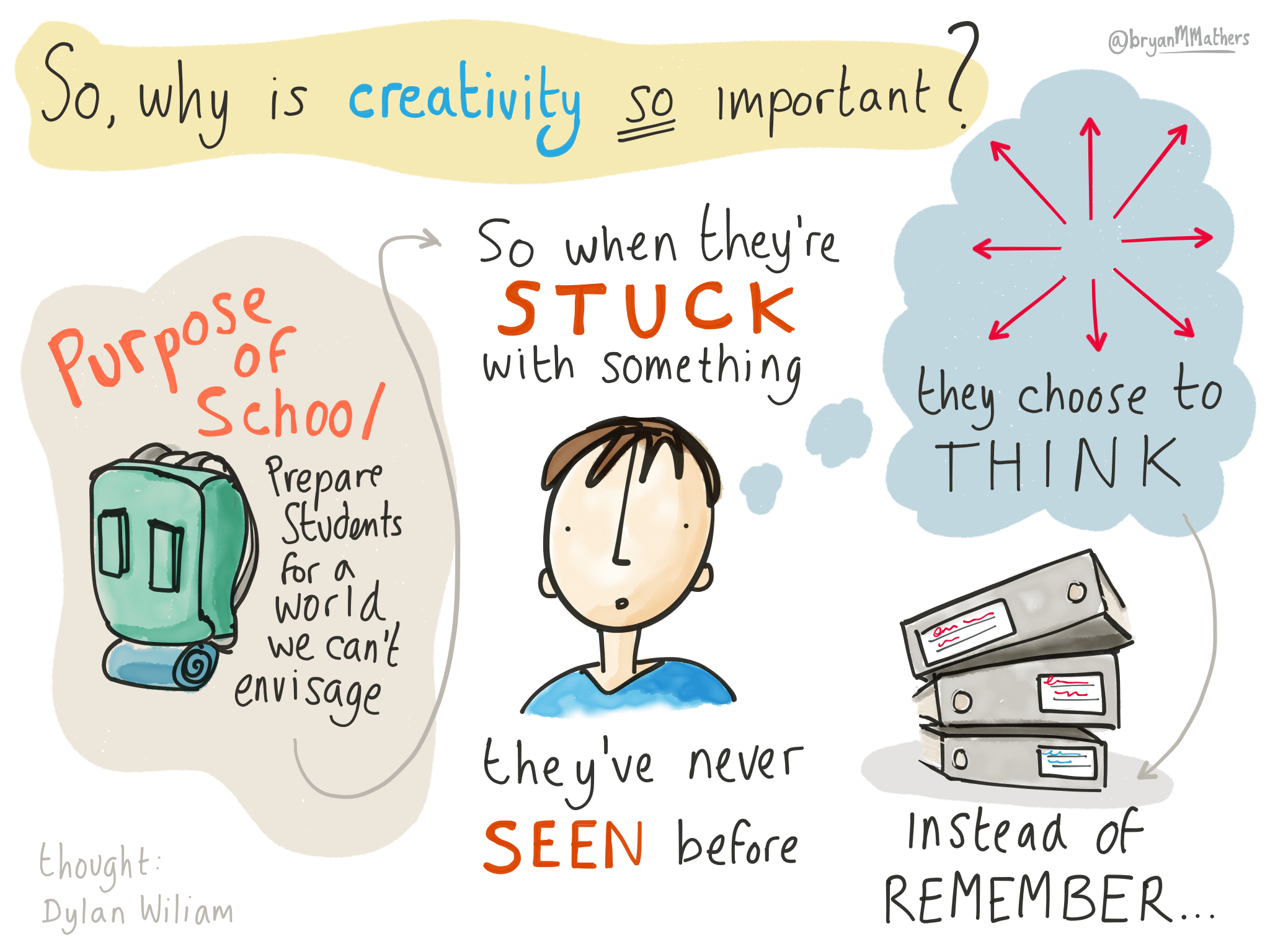 [Source: Bryan M Mathers]
[Source: Bryan M Mathers]
In today’s world, unpredictability is the only thing which doesn’t change.Things which were true yesterday is not true today and tomorrow is a whole different story.
The only way of equipping future generations is to help them tap into their creative wisdom. Here lies the importance of Educational Technology in teaching and learning.
Creativity is simply the ability to create solutions out of thin air. All you need is a powerful sense of imagination. And that’s one thing every child has, until schools kill it.
Those who manage to somehow preserve it (mostly by dropping out) turn out to be highly ‘creative’ individuals who are apparently cut out from different fabric.
So we live in a world where the society badly needs creative individuals. We also live in a world where children are immensely creative (until they join school). There is the demand, there is the supply.
Yet, there is a massive creativity gap in society. [Source: Adobe] So where are we going wrong?
The Factory Method of education
Invented by the Prussians, taken up by the US and now followed by the whole world is the factory method. While the industrial revolution gifted us awesome machines, it also gave us boring human beings.
During the 18th and 19th century, there was a huge need for factory workers and engineers. So education moved in that direction.
Students were not educated to reach their peak potential. Instead, they were trained to become obedient factory workers.
They even made children wear uniforms to prepare them for industrial life. Bells were introduced in schools only to make them accustomed to a factory environment.
Wait, a lot of schools still do the same, don’t they?
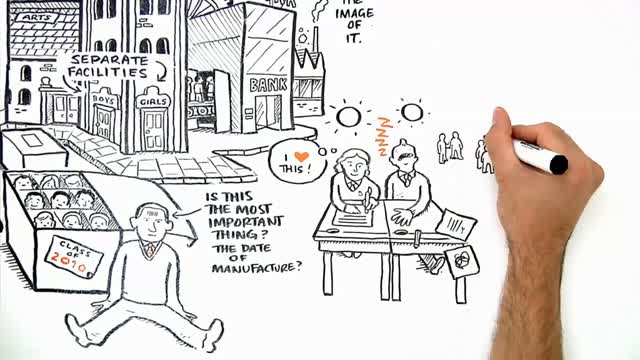
If you look at it, the whole system worked like a factory.
Students were segmented like a factory assembly line. Quality control was done by constant assessment tests. At the end of every year, or should I say batch, they would be standardised to a particular specification. In the end, the ones that don’t fit, will be rejected.
Works perfectly for machines. But for little kids, it was downright cruel.
Even though it was cruel, there was at least some justification back then. The society needed such people.
Today, not only is it cruel, it’s not even justifiable.
Education Technology, a revolution in the making
Over the last few decades, technology has made immense changes to human life. We are literally going through another revolution: the digital revolution.
It is slowly yet steadily, revamping our education system which seems to be stuck a few hundred years in the past.
While the Factory Method made ‘learning’ synonymous to ‘boring’, Education Technology is making the learning process fun and even addictive:
Creative Assignments
A lot of teachers these days are asking children to make animated videos and presentations instead of written projects.
Check out this Science Project done by Maria Isabelle, a 9th-grade student:
At Animaker, we have more than 200,000 subscribers from the education industry alone. Once we saw this trend, we reached out to these users to understand their pains and needs. After months of in-depth research, we finally came up with Animaker Class. Animaker Class is an arsenal of digital tools that allow teachers and students to create fun and engaging learning videos, GIFs, presentations, infographics, and lots more! It is also the ultimate classroom management tool that helps teachers track student projects in real-time.
Puppet Pals 2 is an iOS based application that helps students create their own animated videos.
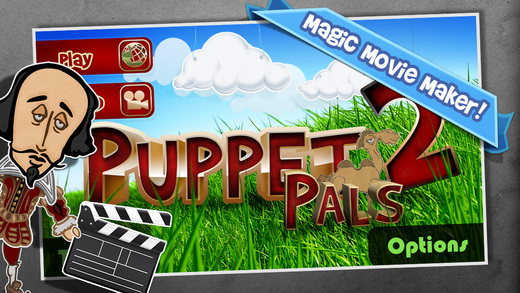
Though the visuals don’t look that great, it’s probably the most you can expect from a mobile device.
Creative projects make students research more on core concept and taps into their creative potential. It’s the perfect “right brain”-”left brain” cocktail for learning.
Virtual Reality
Imagine students exploring ancient Greece or Mars right from their classrooms! This is exactly what Google Expedition does. Such virtual expeditions will make children addicted to geography and history.
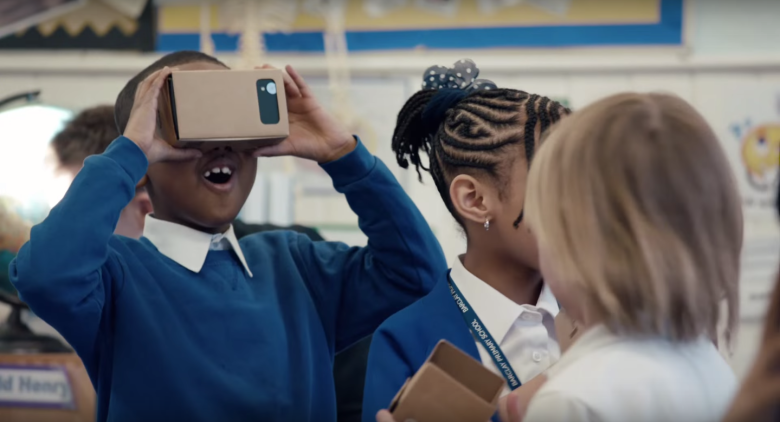
Similarly, the Washington Leadership academy is planning to bring in a VR Chemistry Lab.
Seth Andrew(co-founder of the academy) explains that students can walk through the atoms and molecules, observe its structure up close.
He believes that the virtual chemistry lab will help students grasp better. All at a lower running cost when compared to traditional chemistry labs.
Gamification
Even if the world was about to end, children wouldn’t stop playing video games. They’d be busy saving (or destroying) virtual worlds. Now instead of teaching students how to shoot and kill, how about teaching them Math or Spanish?
For example, Duolingo is a must have tool if your students are learning a new language. It keeps students engaged by making them listen, talk and read. Students lose or gain hearts based on their performance. They also level up as they progress.
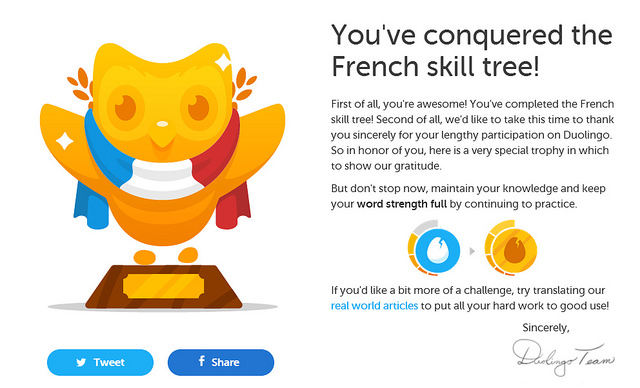
Another example is Whooo’s Reading which is a simple program which motivates children to read a lot everyday. Students can earn wisdom coins by log reading, by ‘liking’ their classmate’s reading patterns and also by answering comprehension questions.
They can then use their wisdom coins to purchase accessories that make their “Owlvatar” look cooler.

Owing to its effectiveness, more than 40,000 teachers use Whooo’s reading worldwide.
Personalized learning
No two students are ever the same. Everything from the pace of learning to the difficulties encountered are completely unique. It just doesn’t make sense to teach them all the same way. This is where personalized learning comes in.
For example, KnowRe is a math program that finds out, where students need help and gives personalised training in a video game like environment. The application also gives valuable insights to teachers on where each student is facing difficulty.
Another example is Altschool, whose application helps teachers make a “learning playlist” for each student weekly. Their main philosophy is to do away with formal education and concentrate more on group projects and individualisation.
They began by starting their own school and has now started sharing its technology with other schools.
Conclusion
The Education Industry is the most vital Industry for the future of mankind.
Thanks to our unsustainable development methods, we have created serious threats like Global Warming, Pollution and much more. Our next generation will have the huge responsibility to not just face these problems but also solve them.
The least we can do is equip them.
Right now, a lot of children develop an early aversion to school thanks to the Factory Method. But with Education Technology, the tables will turn. We might see a future where children would rather live in schools.
Don’t forget that education technology is still a young industry though it’s growing at a rapid pace.
We haven’t even seen the tip of the iceberg yet!




